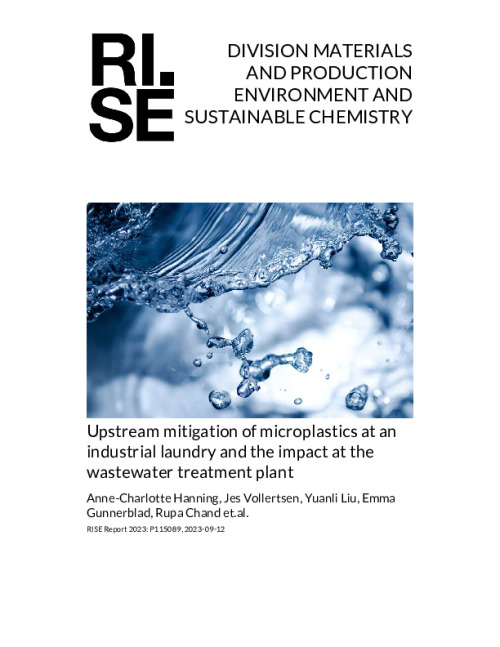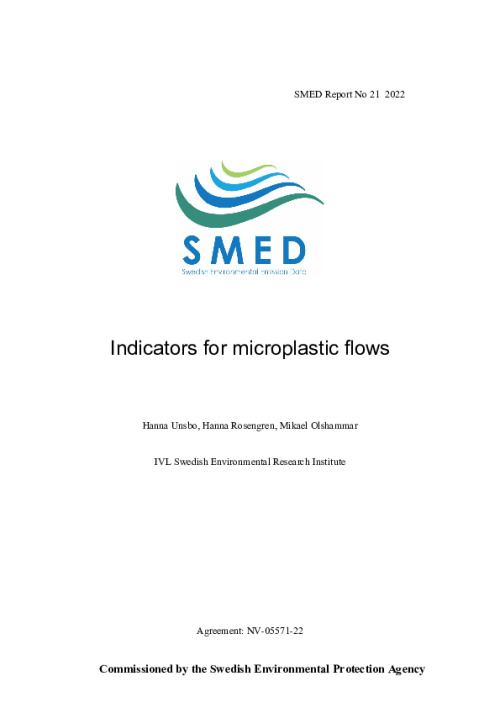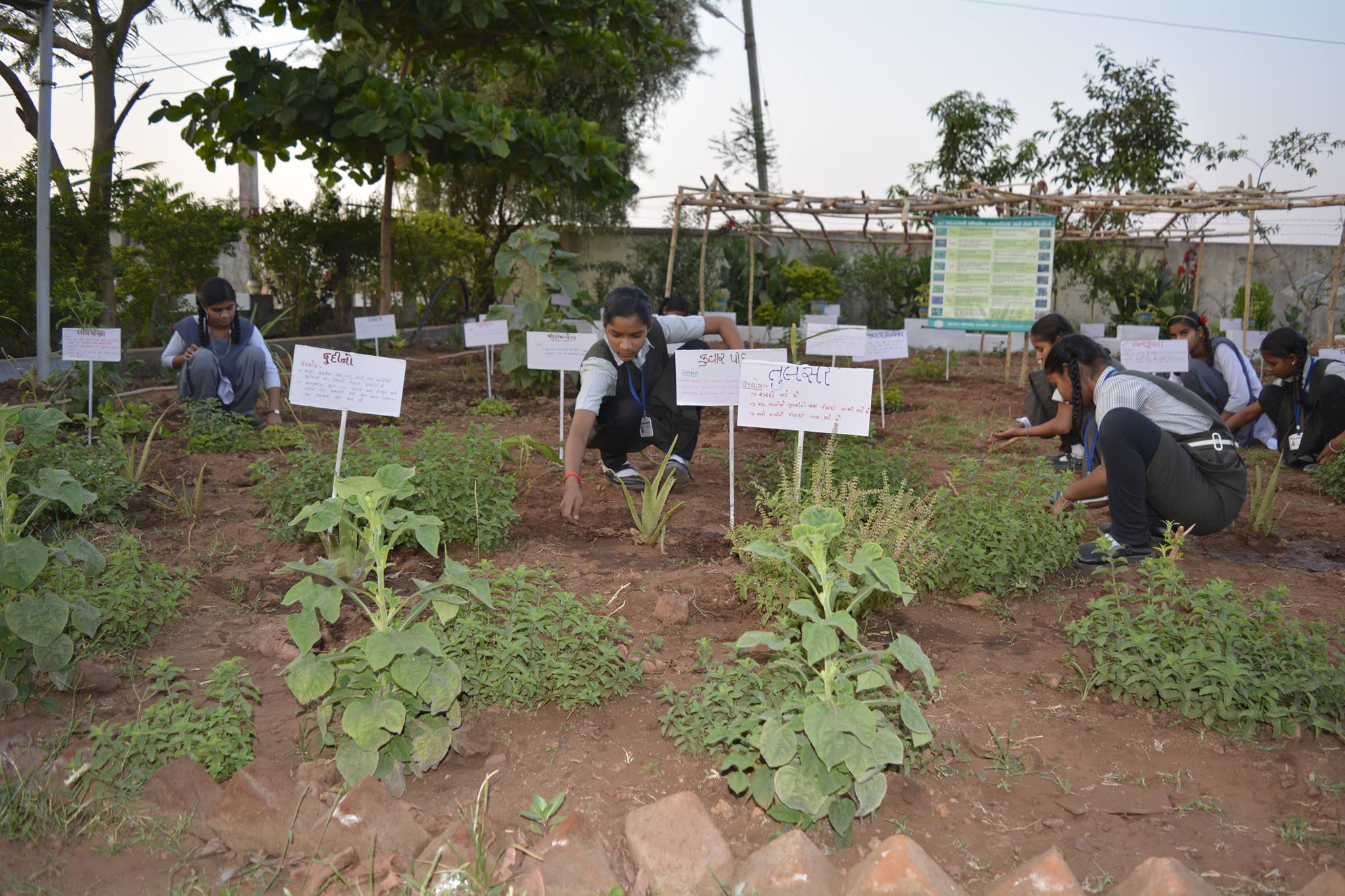Microplastics in the Environment 2019
The occurrence of microplastics in the environment has attracted attention in recent years. This is particularly evident in the huge volumes of initiatives, research, projects and actions that are taking place both internationally and in Sweden. The Swedish Environmental Protection Agency sees the occurrence of microplastics in the environment as an important ongoing issue. While we are dependent on synchronization of results within the EU and other countries, and sometimes have to wait for others’ results, our own work in Sweden needs to continue. The Swedish EPA considers that the conditions for reducing the dispersal of microplastics in the environment has been improved by the measures it proposes here. To continue making progress, we need to increase our knowledge of sources, dispersal and effects.
This report presents results from the second government commission, the first published in 2017. It was published in Swedish in 2019 and contains new findings and proposed measures. The proposed measures target important quantified sources, such as artificial grass and microfibres from laundering of textiles.
Micro plastics pollute the seas, lakes and streams from two largest land-based emission sources being artificial grass pitches that is, outdoor equestrian arenas and sports and play facilities, and laundering textiles. Such emission takes place in many different ways including via air, storm water, water to the municipal sewage system or directly to the water recipient. The Swedish EPA choses to propose measures that reduce emissions at source as far as possible given that, an overview of both emissions and dispersion is difficult. In this wise, this resource supports the shift to sustainable consumption and production through its sound proposals to the government on the Introduction of a notification obligation for facilities using artificial grass, moulded granulate surfaces and equestrian arenas containing rubber or plastics such that, it becomes an additional tool that enables municipalities to set the necessary requirements for the construction and maintenance of the facilities concerned. This is with the view that, a notification obligation would provide well balanced reinforcement of measures already in place. Thus, it is possible to design precautionary measures that are based on operational and site-specific conditions, which can also take into account measures that are already in progress at these facilities. This resource also proposes, among other things, that the government should set up a national resource for coordinating plastic issues and commission the Swedish EPA as a knowledge node that develops, coordinates and disseminates new knowledge about microplastics. This is in consideration to their actions on initiatives for supervisory guidance for artificial grass pitches and other outdoor facilities and continued financing of the pre-procurement purchasing group artificial grass. Regarding laundary facilities, it proposes promoting the introduction of filters and measurement methods for microplastic pollution from laundries, and develop guidance for the reduction of microplastic emissions from laundry facilities with the aim of reducing emissions from micro plastics through sustainable consumption and production.




